All Posts

Published 8/16/2025
The second iteration, new and improved version of our SRAD hybrid rocket.

Published 8/14/2024
Project Thorondor will be the McGill Rocket Team's second ever hybrid engine rocket launch! Its goal is to carry forward the systems engineering successes from last year's project, perfect the elements that are being reused from last year, and develop new systems that can be used aboard future projects.

Published 8/1/2023
Project Porthos is the McGill Rocket Team’s second-generation 10K rocket flying a fully student-researched and developed (SRAD) engine.

Published 8/4/2022
Project Athos will be the team’s first ever fully SRAD rocket, powered by our new SRAD engine, Maelstrom.

Published 9/8/2021
Project Aramis is a COTS solid propulsion system rocket with a target apogee of 30,000 ft, i.e. a 30K rocket. It is a continuation of the rocket that began development in the summer of 2019 but was interrupted due to the COVID-19 pandemic.
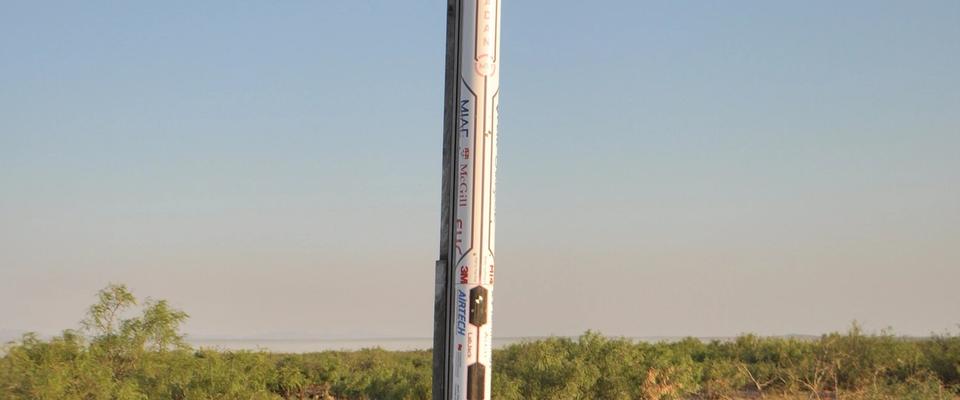
Published 9/19/2019
The McGill Rocket Team is making its 5th consecutive entry in the Spaceport America Cup/Intercollegiate Rocket Engineering Competition with Project Caladan.
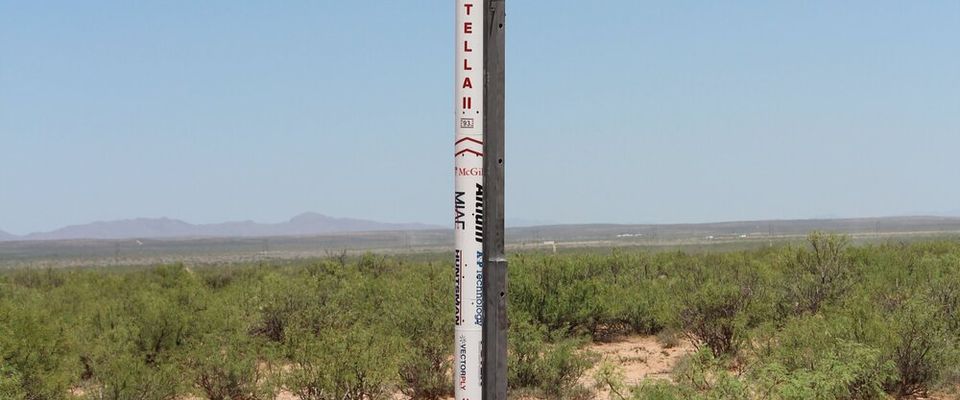
Published 8/16/2018
Following the off-nominal flight of Stella last year, the team has fundamentally reworked the recovery system design and airframe manufacturing process to prevent the same issues from reoccurring.
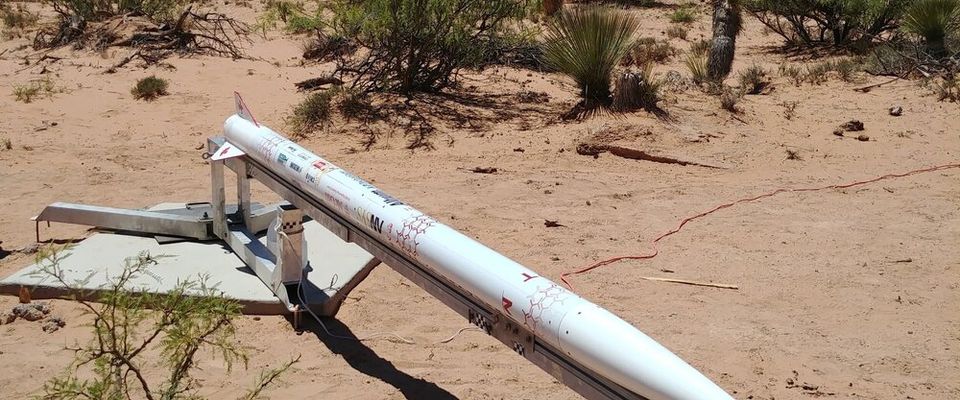
Published 7/10/2018
The 2018 IREC marks McGill’s 4th year participating in the competition. The Project Blanche is the successor to Project Aeris, the team’s 10,000 ft COTS category entry.

Published 7/13/2017
Stella marks our team's first ever participation in the 30,000 ft category, as well as a first ever production of two rockets. The design incorporates a student built carbon fiber airframe and refined separation and recovery mechanism.
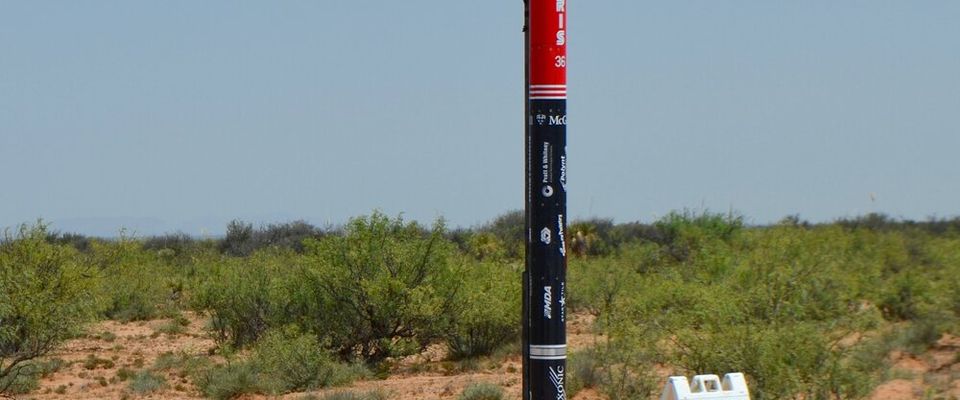
Published 6/16/2017
Aeris is our team's 10,000 ft category COTS solid motor rocket, which boasts a reliable, simple, but effective design. The design incorporates a student built carbon fiber airframe, refined separation and recovery mechanism, and a scientific payload.

Published 9/13/2016
Peregrine MU-02, is a 10 ft. sounding rocket, that is fully student built and designed to perform optimally and safely at competition. Peregrine MU-02 features an innovative decoupling mechanism as well as an avant-garde payload.
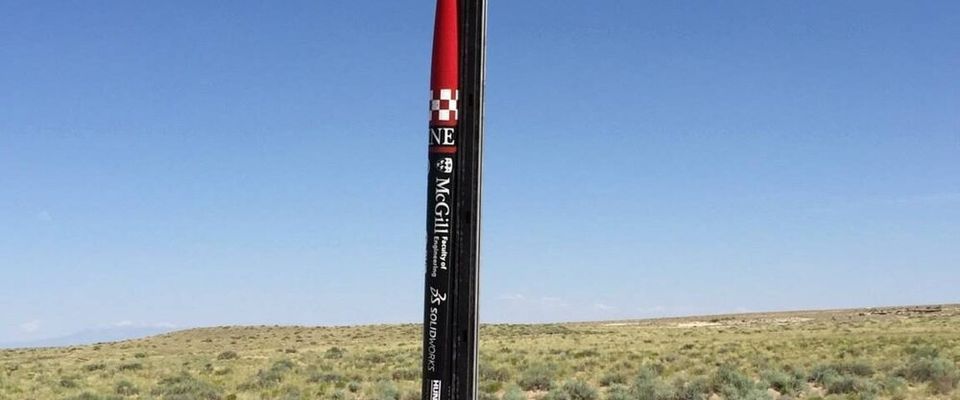
Published 7/24/2015
McGill Rocket Team's very first project.